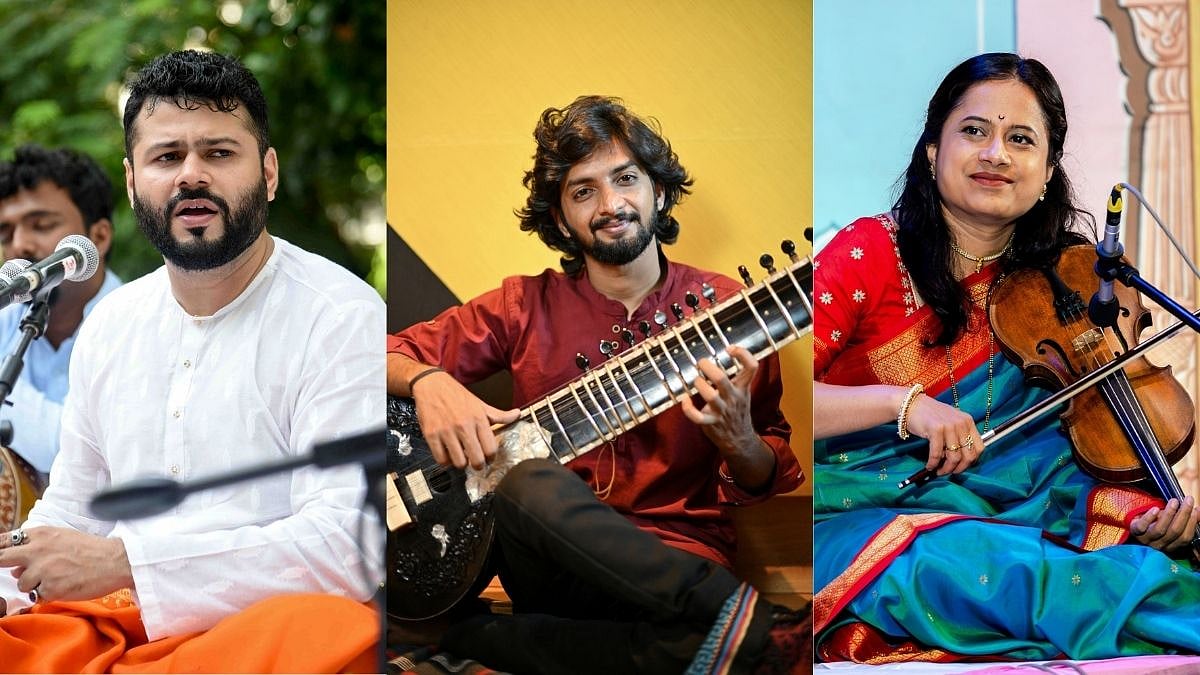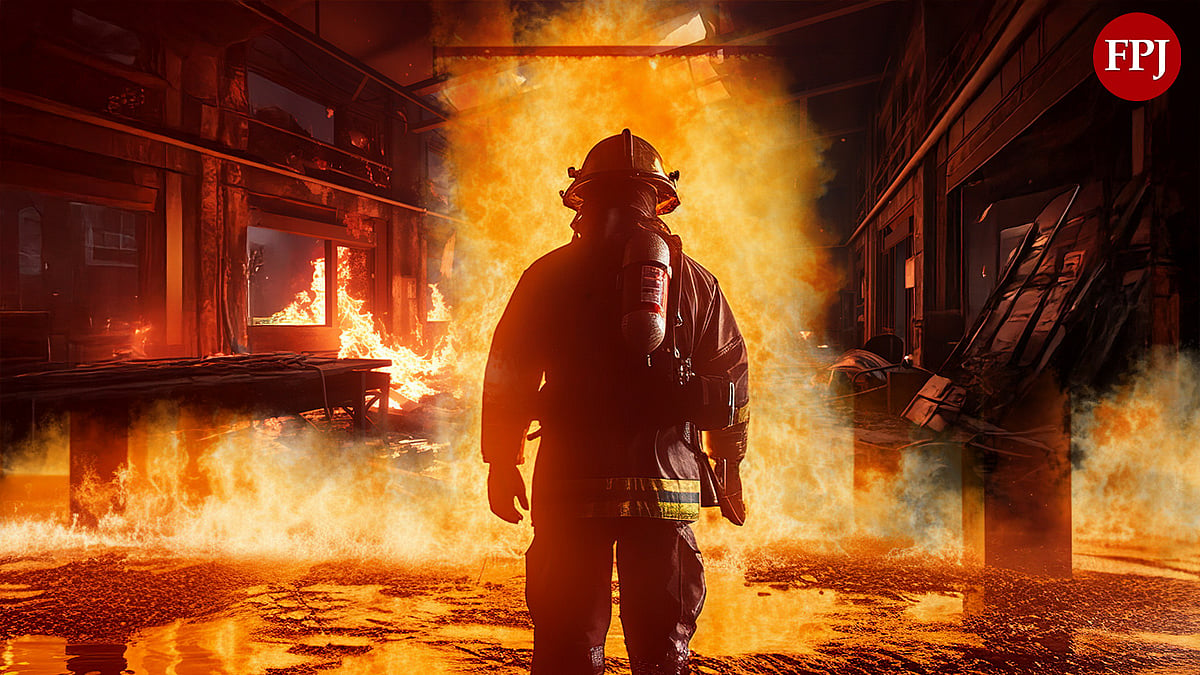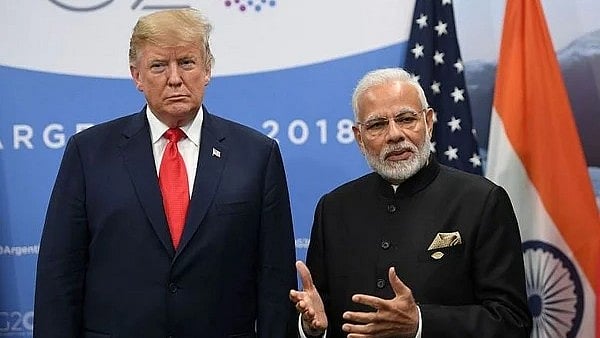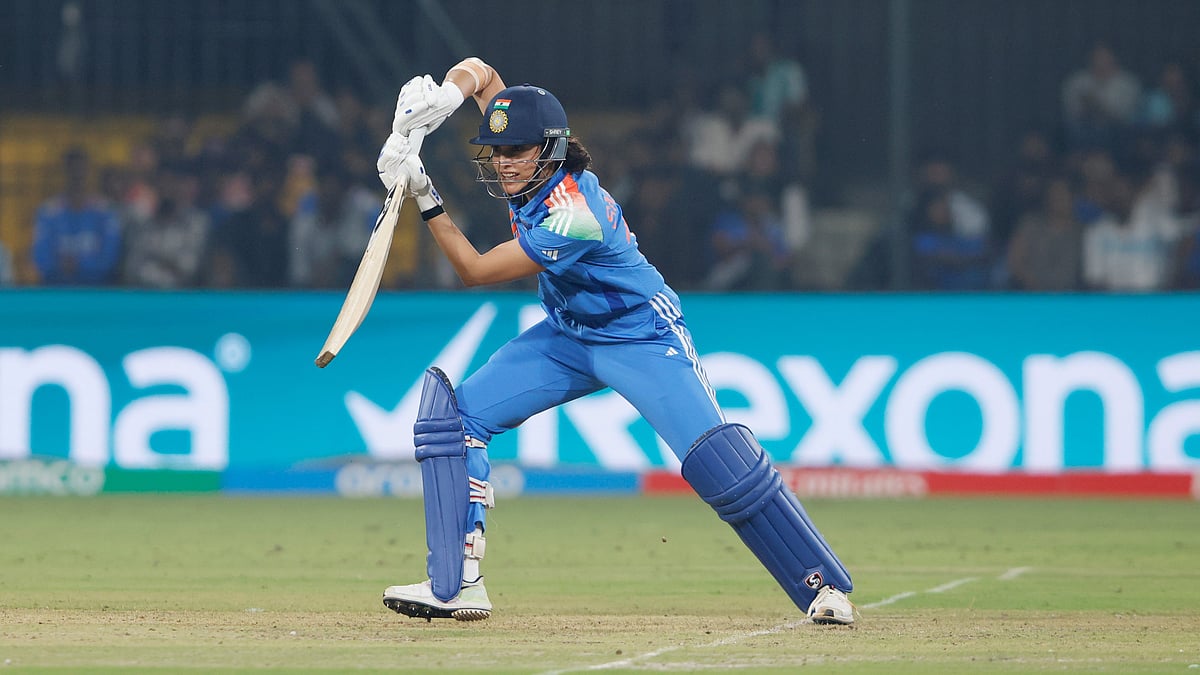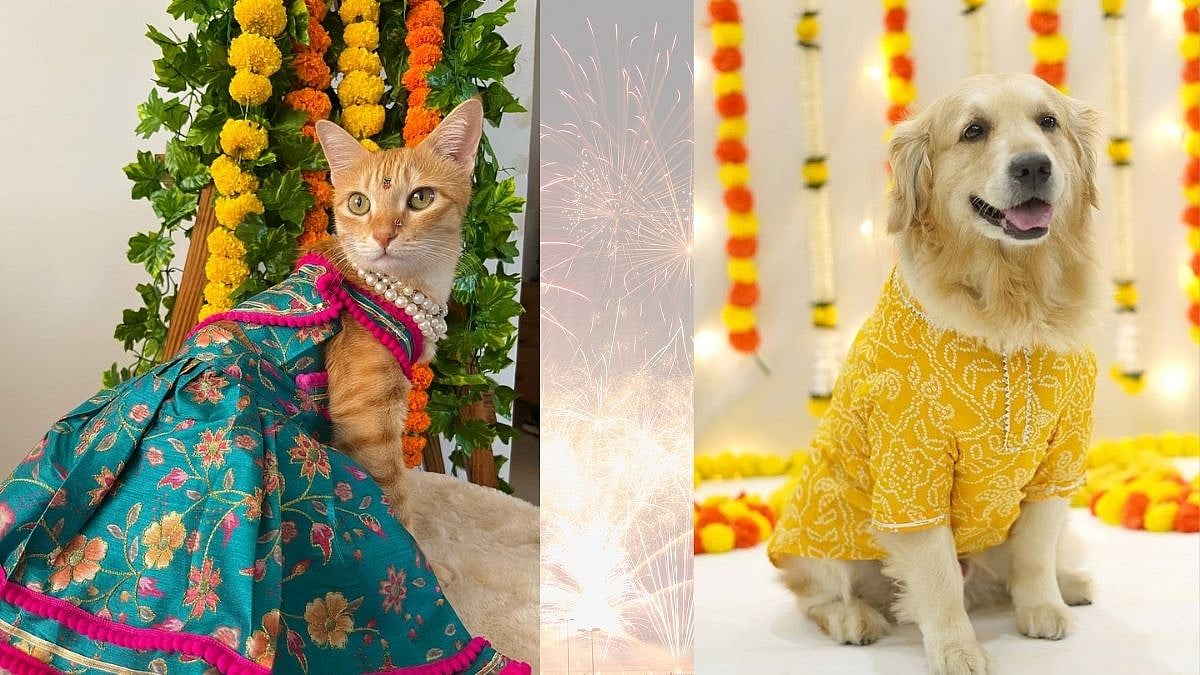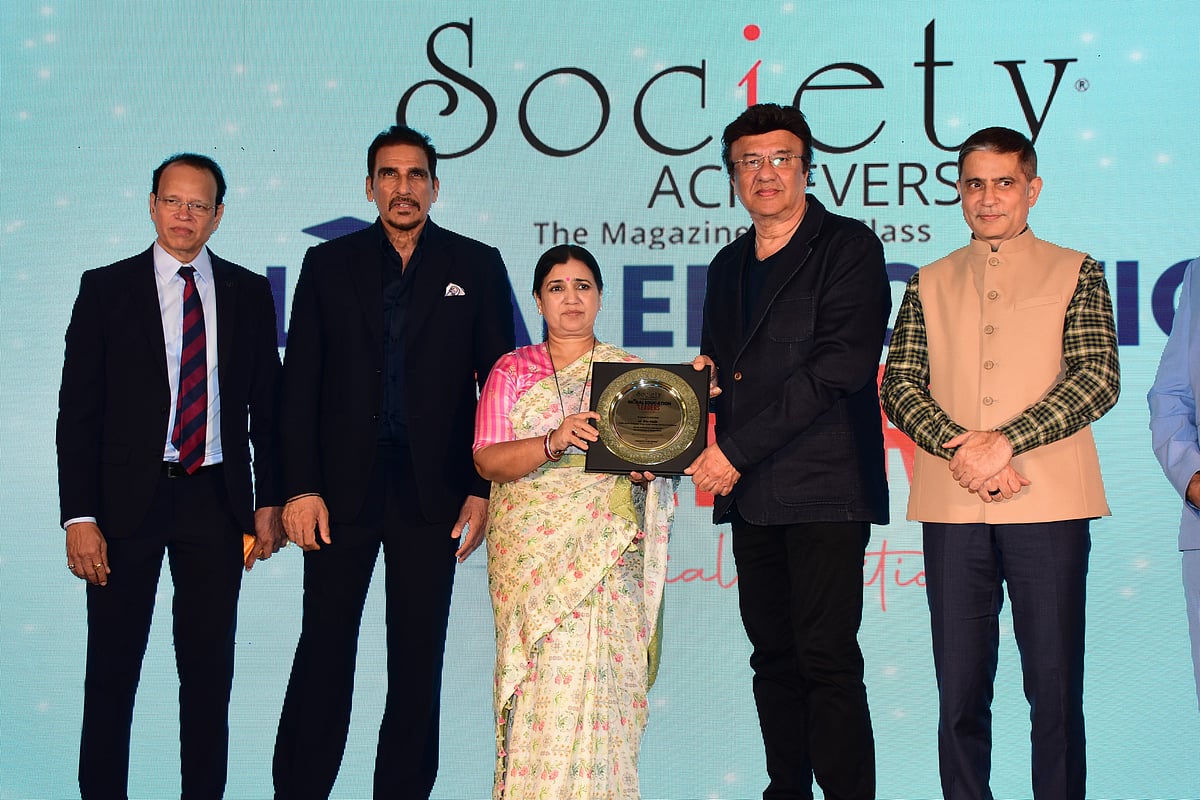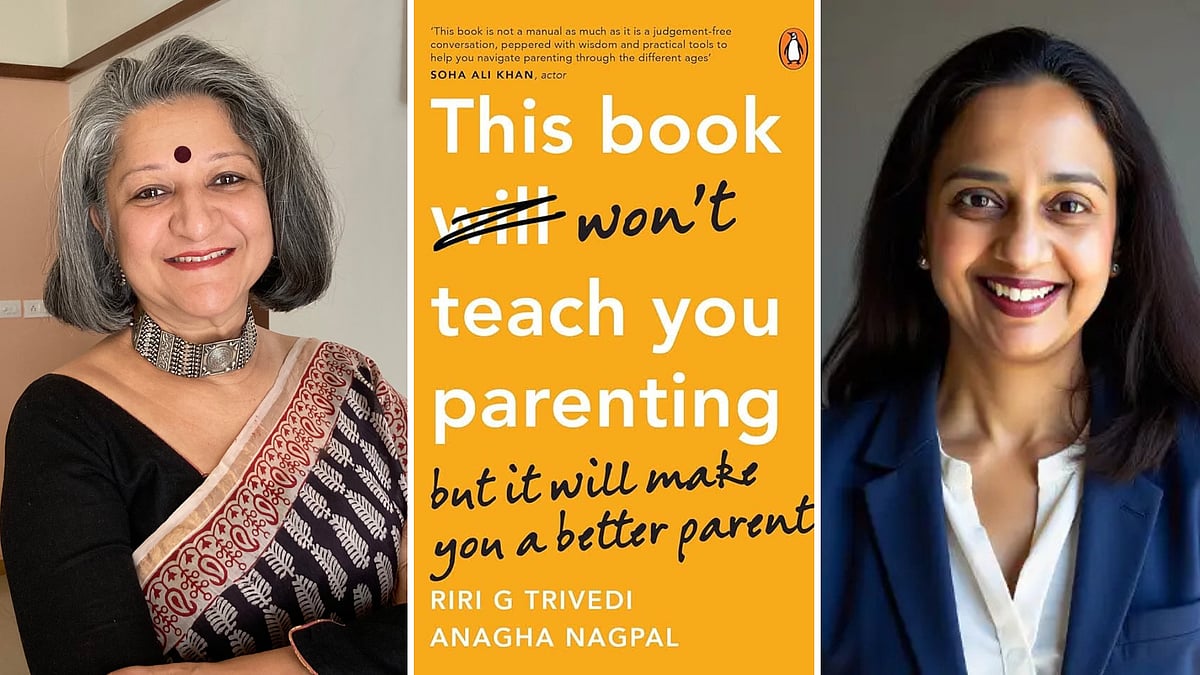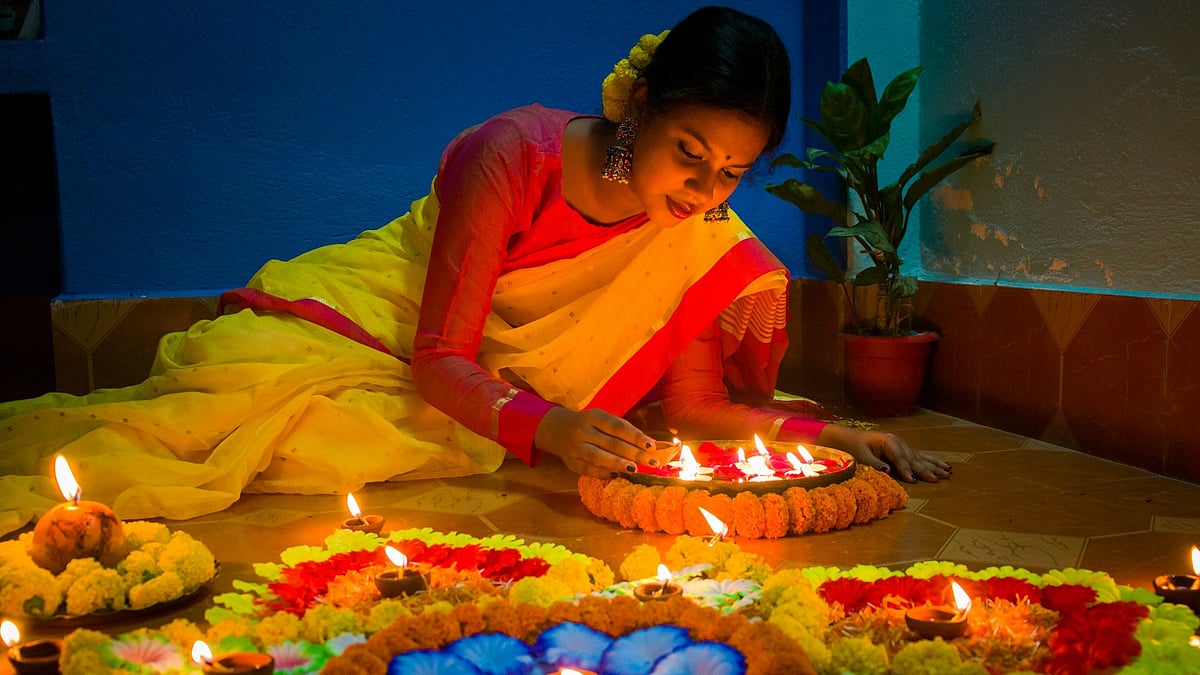Many classical music listeners, who prefer only the big names, may not be familiar with vocalists Tejaswini Vernekar and Manohar Patwardhan, or sitar exponent Varadraj Bhosale. But there is a small yet significant section of people who have either admired them, or are keen to attend their concerts.
The latter kind, consisting of knowledgeable connoisseurs or simply people who are passionate about Hindustani classical music, was seen at the recent day-long Raagdari GenNxt festival organised by Grace Foundation and Pancham Nishad at Prithvi Theatre. They were the people who knew when to say waah, what a nom-tom alaap is and why some singers didn’t sing sargams while others did. They are regularly seen at Mumbai concerts.
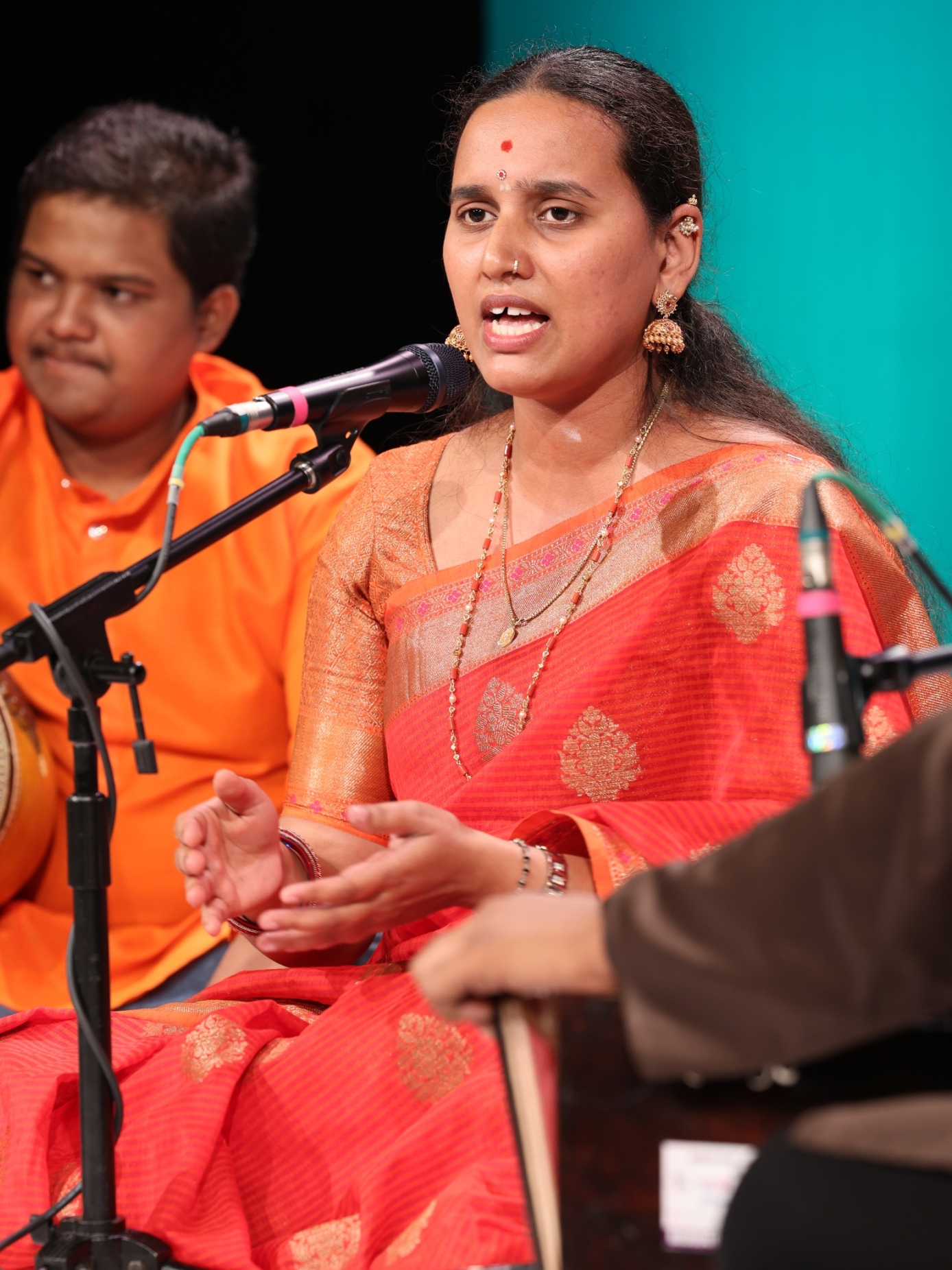
Raagdari GenNxt is one of those events that aims to promote young artistes. A good chunk of the audience consisted of the diehards, with only a few young listeners. Besides this, there have been other events in Mumbai. Pancham Nishad has organised Aarohi: A Festival Of Rising Stars at the Y.B. Chavan Auditorium since 2002. The festival has hosted sitar players Niladri Kumar and Purbayan Chatterjee, vocalists Jayateerth Mevundi, Manjari Asanare-Kelkar and Rahul Deshpande, and tabla player Ojas Adhiya when they were young and upcoming. Last year, Banyan Tree organised Shishya’s Collective, featuring students of known musicians. The artistes comprised Krishna Bongane, disciple of Rashid Khan, flautist Hrishikesh Majumdar, son and disciple of Ronu Majumdar, and sitar player Shakir Khan, son and disciple of Shahid Parvez. Tabla player Anubrata Chatterjee played a duet with his father and guru Anindo Chatterjee.
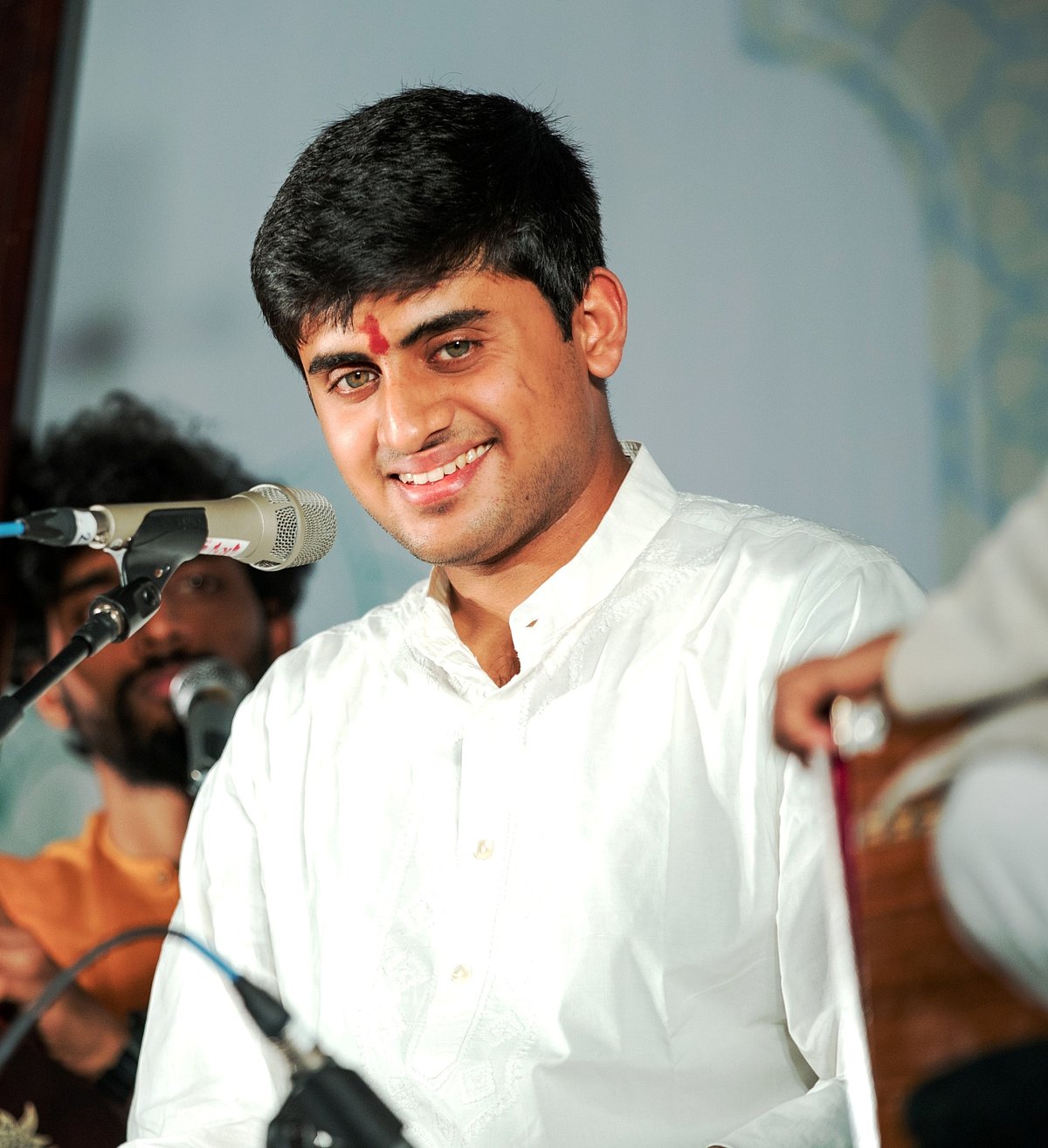
There are many one-off events, hosted by Art and Artistes, St Xavier’s Indian Music Group and some venues. The National Centre for the Performing Arts (NCPA) also has the NCPA Citi Scholarship for Young Musicians in vocal (khayal and dhrupad) and percussion instruments (tabla and pakhawaj).
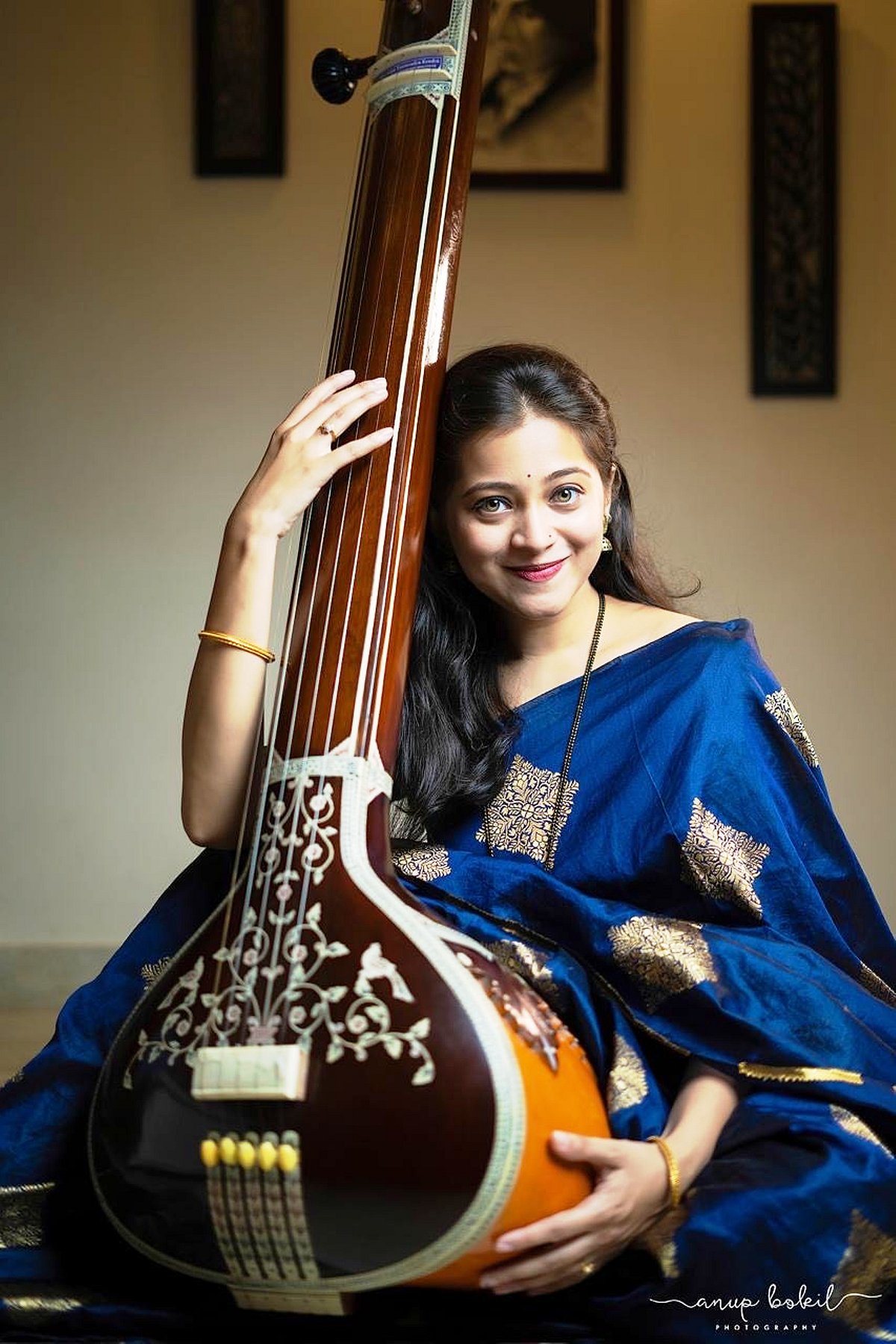
At such concerts, some musicians don’t have too many years in experience. Where they make up is in the purity of their art. Often, recitals are devoid of the gimmickry and crowd-pleasing tactics employed by some artistes the moment they earn a name. These youngsters present what they have learnt from their guru, and stick to the norms of the gharana and spirit of the raag. For instance, there were two performances by Agra gharana students in the recent past. In August, Priya Purushothaman, a disciple of Aditi Kaikini Upadhya and Sudhindra Bhaumik, sang Prabhat Bhairav, Gaud Malhar, Sur Malhar and Parmeshwari at the monthly Udayswar at Prithvi. At Raagdari, Lalith J. Rao’s disciple Manohar Patwardhan sang Shuddha Sarang and the rare Barwa. These recitals showcased the gharana’s traits, from the nom-tom alaap to the meticulous use of layakari.
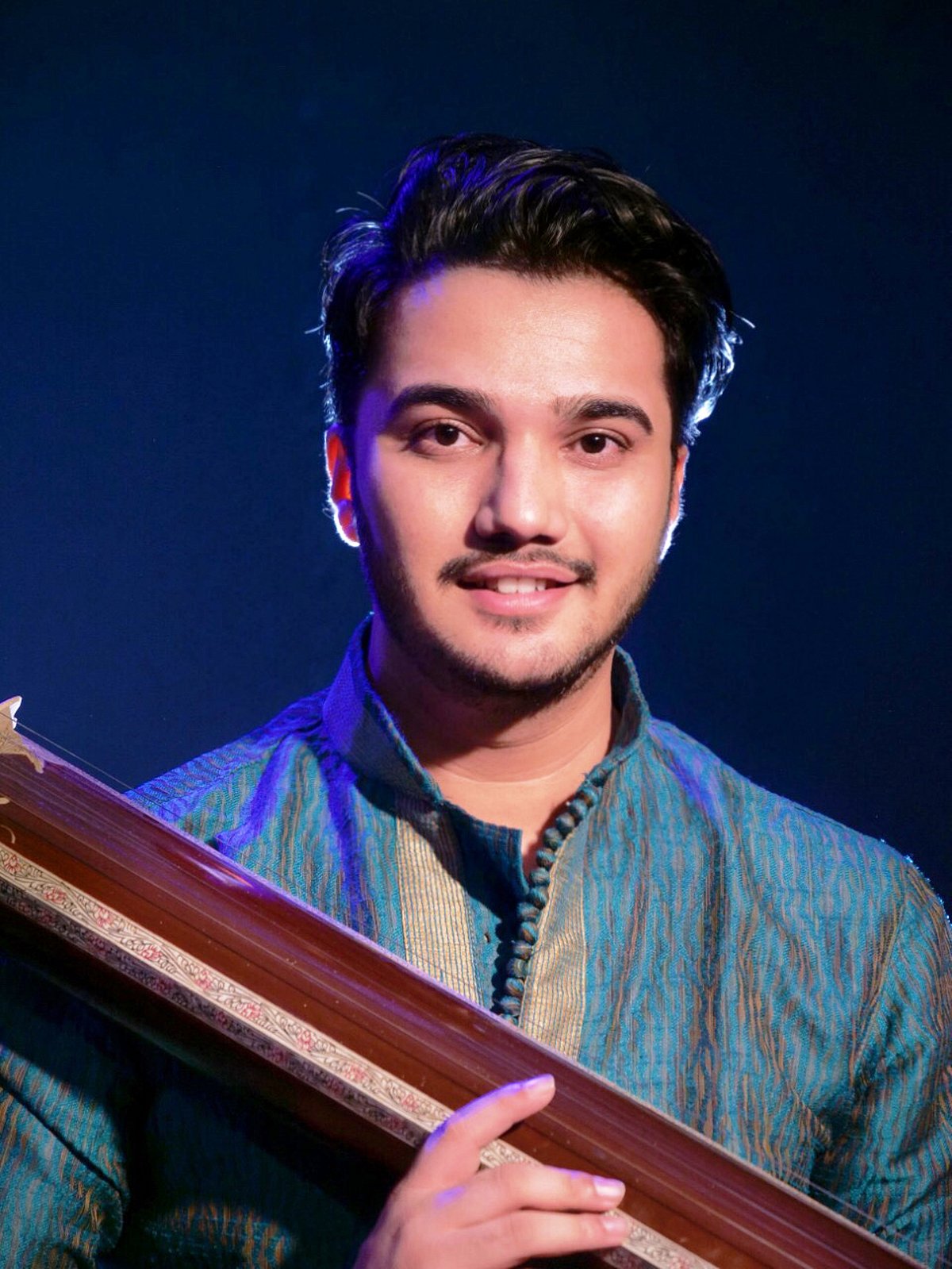
The Raagdari event, sub-titled ‘Parampara ki nayi soch’ (new thinking of tradition), began at 7.30 am and concluded at 10 pm, with breaks between the four sessions. As such, one heard raags from different parts of the day. What makes Prithvi different is that there is no amplification. Most musicians adjusted, even if it took a few minutes. Early in the morning, violinist Shruti Bhave played raags Nat Bhairav and Bilaskhani Todi. Vocalist Bhagyesh Marathe rendered Miyan Ki Todi and Hindol Bahar. The second session began with Deepika Bhide Bhagwat presenting a flawless Jaunpuri and Alhaiya Bilawal, before Manohar Patwardhan came on.
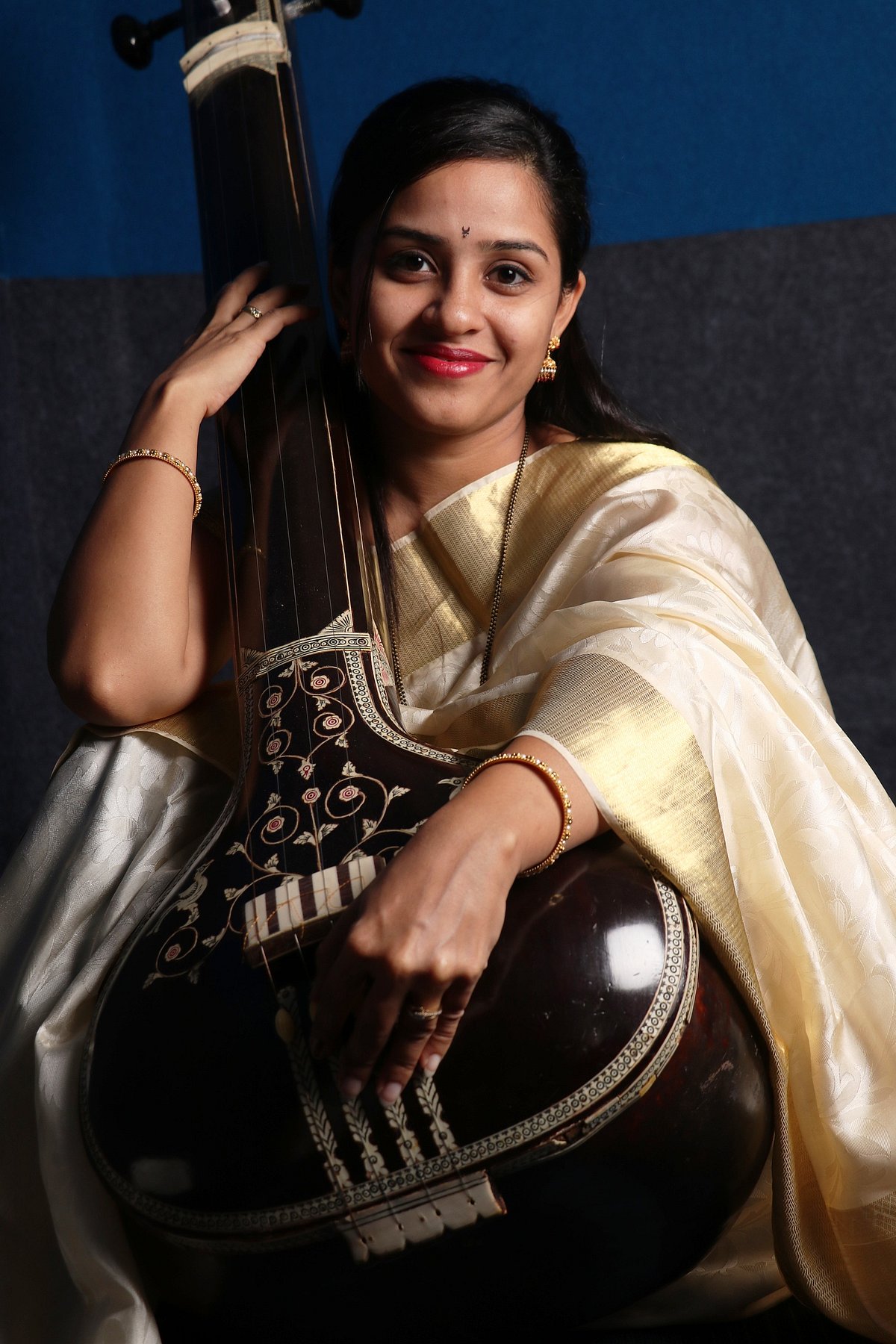
In the afternoon, sitar player Varadraj Bhosale played an elaborate Madhuwanti and a short Patdeep. Vocalist Swarangi Marathe Kale then sang the charming Bhimpalas, followed by two compositions in Shree. The evening session was much awaited. Vocalist Tejaswini Vernekar’s Shuddha Kalyan and Tilak Kamod were followed by singer Aniruddh Aithal’s Kaunsi Kanada and Basant.
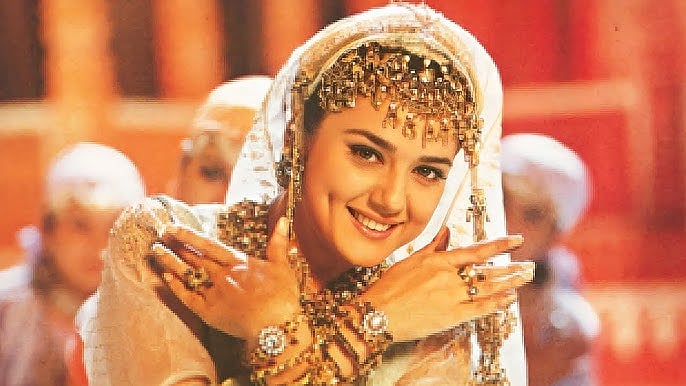
There is obviously plenty of promising young talent. Yet, a few challenges remain. One is that there is definitely a need for more corporate support. Secondly, many festivals feature the same big names. It would be great to include some younger artistes at times. Finally, streaming platforms and radio should play a more prominent role. These hurdles aren’t new. One can only hope things change.
